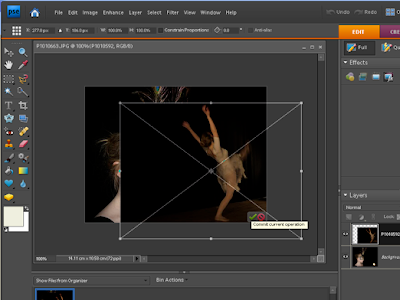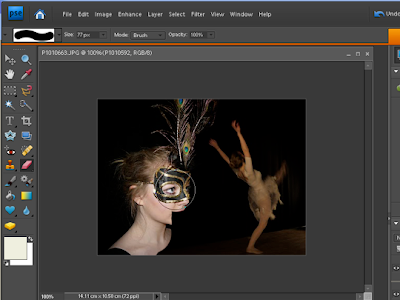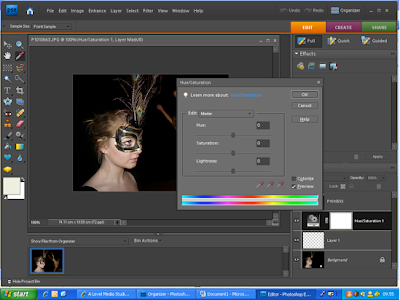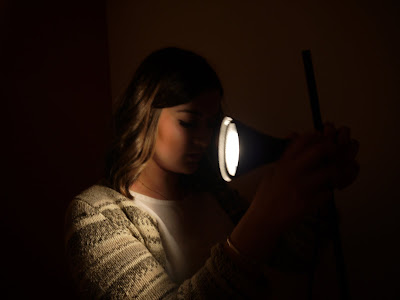As is expected of modern media distribution, the internet was the main platform I used in all aspects of research, planning and distribution. The internet provides endless outlets for bands/artists, both in terms of marketing and distribution. With piracy on a continuous climb, production companies and record labels are having to cooperate with the internet as a platform for marketing rather than trying to keep music/music videos exclusive to physical distributors such as amazon, or HMV. Therefore, record labels are becoming increasingly more invested in the internet in terms of providing fans with free music videos, via channels such as VEVO on YouTube, with the pretence that should fans enjoy the free merchandise available to them, they will be likely to seek out an artist/band's whole album, and download it legally, from download sites such as iTunes. Consequently the internet has been a hugely useful tool in creating my music video. The use of video streaming sites such as YouTube has allowed me to explore the forms and conventions of other music videos in the same rock-indie genre as Arctic Monkeys. As well as using the internet as a tool for comparing music videos and their successes and failures, I have also used to it explore Arctic Monkeys' catalogue of music videos, to allow me to build a sense of their style, so that I could apply such techniques to my music video, for example the idea that regardless of the subject matter, all their videos contain a hint of playfulness to remind the audience of their rough and ready and somewhat light hearted approach to life and its subsequent ups and downs.

Vevo on YouTube
The use of social networking sites has also been of great significance. Firstly it is a way in which I have been able to get hold of performers in my video, so in terms of practicality it has been hugely successful. In terms of distribution social networking sites seemed like the obvious choice. Unlike Youtube, when I posted my video I knew I was guaranteed responses as a number of people were bound to notice it displayed on their homepage. It is a smaller platform for talking to large audiences than Youtube, and allowed me to spread the word on my video and show the finished video with minimal effort both on my part and the part of the audience, as it is incredibly easy to comment. I treated the use of Facebook as a serious marketing and distribution platform, much the same way as Arctic Monkeys when they first started distributing and streaming music via Myspace.
I used iMovie to edit my music video. Though the programme was not new, I had to use the software in a different way for this piece. For example when it came to editing my music video, it was a different experience editing without the original sound, and cutting in time to the music proved a relatively hard task. Consequently I had to get used to changing my original storyboards where the imagery did not match the music or the cuts needed to be slowed in time with the tempo of the song. By the end of the editing process I had gained a better understanding of the techniques that worked with the music, and as the song was so well known to me, it was easier to envision where each shot would look best.




















































